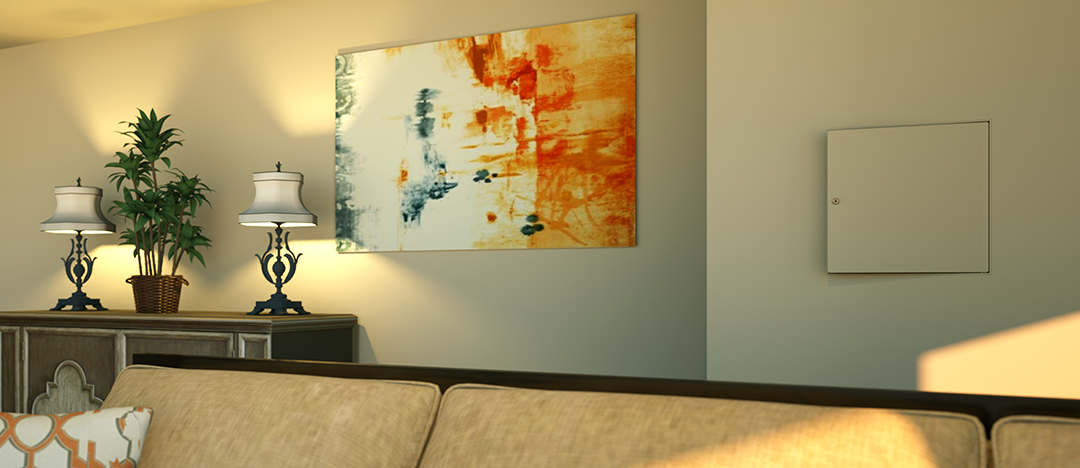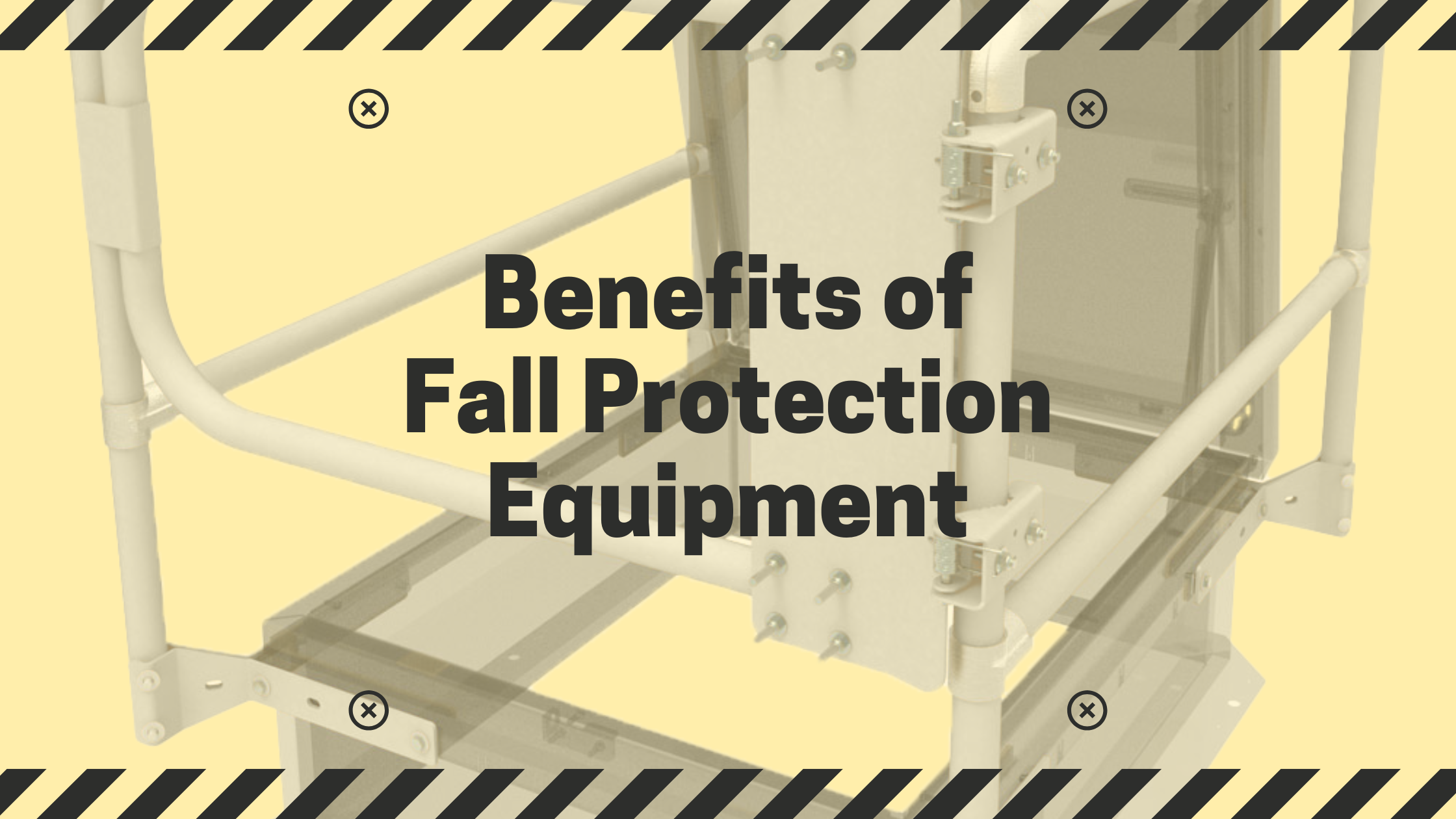Factors To Consider When Specifying Access Doors

Access doors are crucial components in various architectural and construction projects, providing convenient and secure entry points to enclosed spaces such as utility closets, crawl spaces, attics, and mechanical rooms. Their role extends beyond mere functionality, often contributing to the overall safety, security, and efficiency of a building or structure.
Specifying the right access doors requires careful consideration of several factors, ranging from the intended use and location to material durability and compliance with building codes. In this blog, we delve into the essential aspects to ponder when specifying access doors, aiming to assist architects, engineers, contractors, and facility managers in making informed decisions that align with their project requirements and goals.
Join us as we explore the factors that warrant attention when specifying access doors, guiding you through the decision-making process to ensure optimal outcomes in your projects.
-
Type of Application and Access Needs
Determine the specific purpose of the access door, such as maintenance access to plumbing, electrical, or HVAC systems, or access to utility closets, crawl spaces, or storage areas.
-
Fire-Rating Requirements
Identify whether the access door needs to comply with fire-rating regulations, particularly if it is to be
 installed in a fire-rated wall or ceiling. Compliance with fire safety standards ensures proper containment and prevention of fire spread.
installed in a fire-rated wall or ceiling. Compliance with fire safety standards ensures proper containment and prevention of fire spread. -
Location - Wall or Ceiling
Determine whether the access door will be installed in a wall or ceiling. This impacts the design and installation process, as well as the type of door hardware required for proper functionality.
-
Environmental Considerations
Determine whether the access door will be installed indoors or outdoors. Assess environmental factors such as exposure to moisture, humidity, temperature variations, or corrosive substances. Select access doors that are suitable for the intended environment to ensure longevity and performance.

-
Security Needs
Security requirements of buildings and rooms will dictate the type of access door and options necessary. Depending on the security required, higher material gauges or tamper-resistant latches will be required.
-
Aesthetic Considerations
Consider how the access door's appearance integrates with the surrounding environment or architectural design. Choose finishes, colors, and styles that complement the overall aesthetics while meeting functional requirements.

-
Wall Material Compatibility
Consider the type of material comprising the wall where the access door will be installed. Different wall materials (e.g., drywall, concrete, masonry) may require specific installation methods or accessories for proper integration and structural support.
-
Frame and Door Material, Hinges, and Flanges
Select appropriate materials for the access door frame, door panel, hinges, and flanges based on factors such as durability, corrosion resistance, and compatibility with the surrounding environment. Consider options such as steel, aluminum, or stainless steel for optimal performance and longevity.

By addressing these factors comprehensively, you can ensure that the specified access doors meet the functional, safety, and aesthetic requirements of the intended application. Nystrom provides a full suite of access doors for wall and ceilings. Please contact our Sales & Customer Support to help you on your next project.



